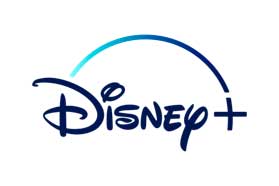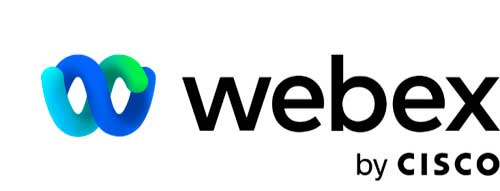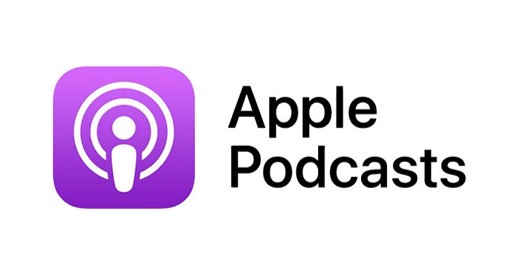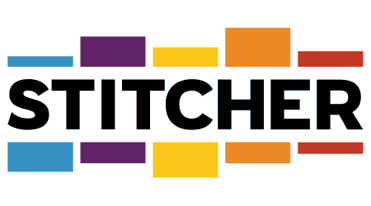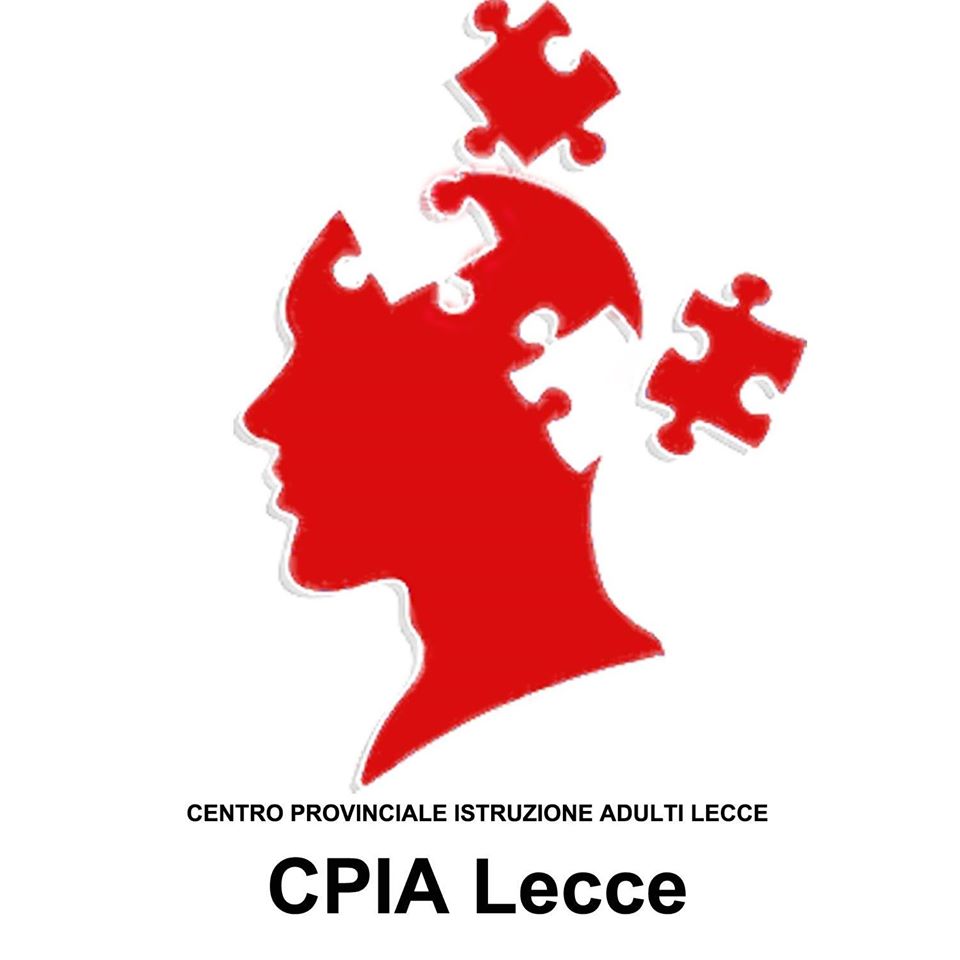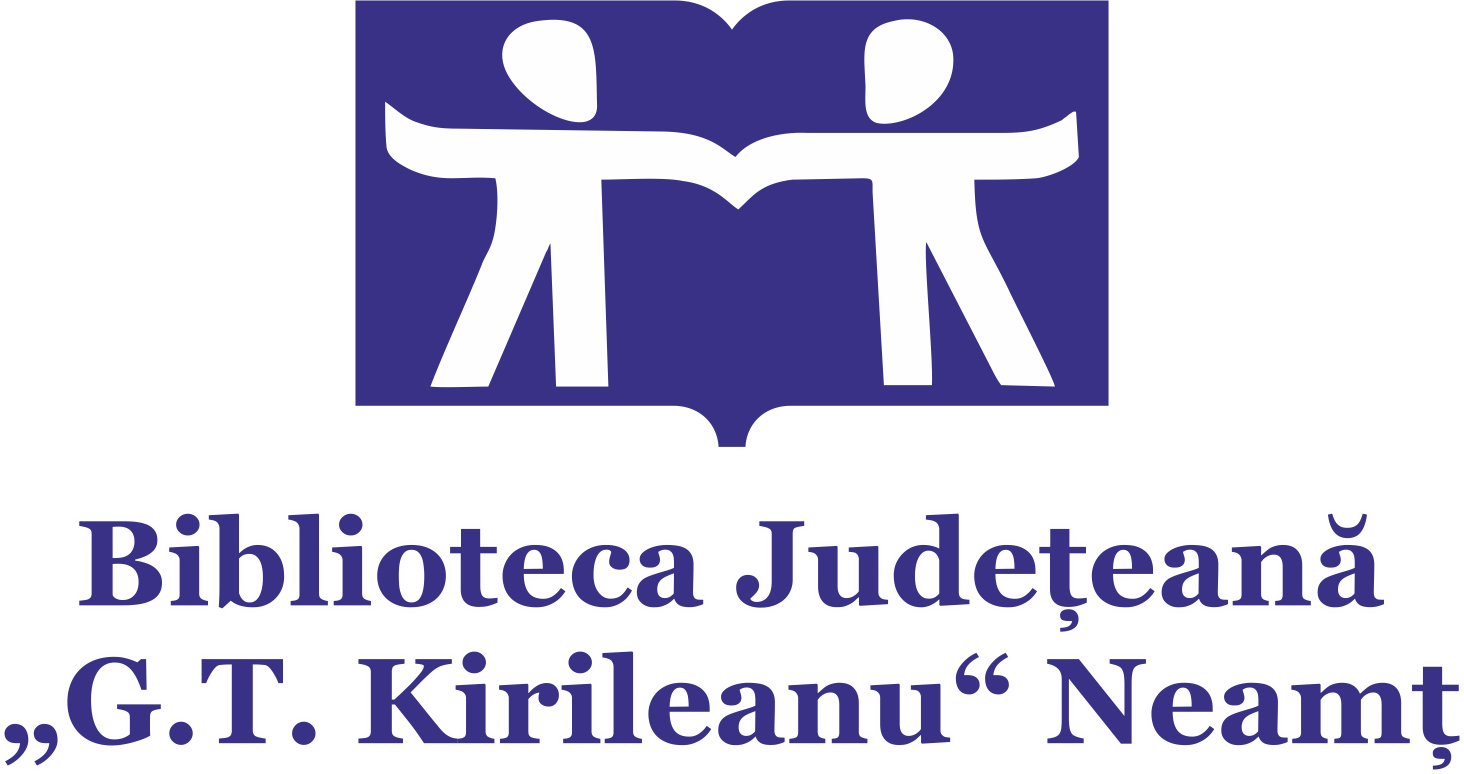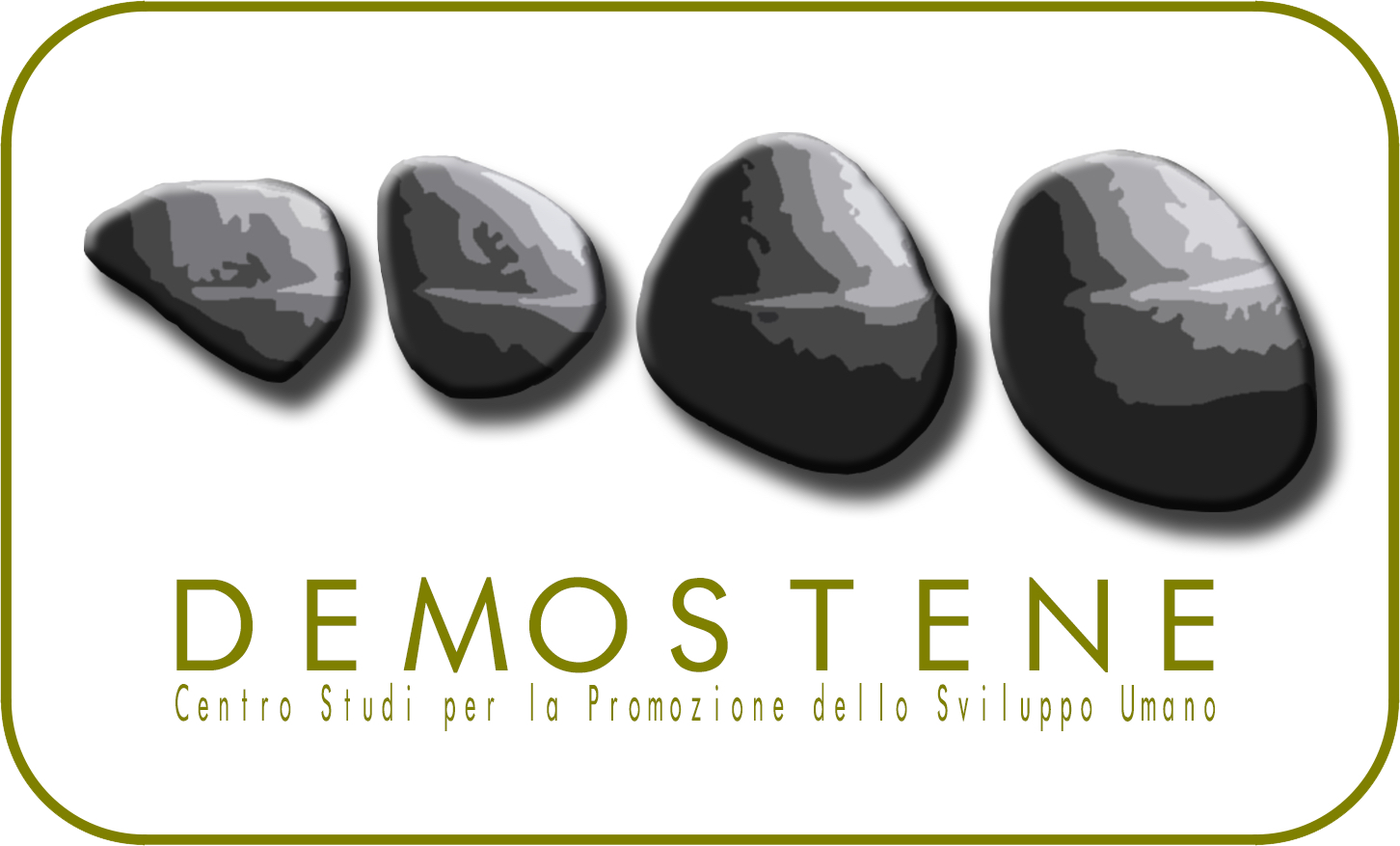 INTRODUCTION TO DIGITAL ENTERTAINMENT AND CULTURE INTRODUCTION TO DIGITAL ENTERTAINMENT AND CULTUREOverview Click to read Click to read
Digital technologies refer to the use of electronic devices and the Internet to create, store, access, and exchange digital information. The impact of digital technologies on the entertainment and cultural industries has been significant and widespread.
In the entertainment industry, digital technologies have transformed the way content is created, distributed, and consumed. For example, digital music and video streaming platforms have made it easier for consumers to access a vast library of content from anywhere, at any time.
Digital technologies have also made it easier for independent artists to reach a global audience, showcase their talents and share their work directly with fans.
In the cultural industry, digital technologies have made it possible to preserve and make available vast amounts of cultural heritage and knowledge, such as historical documents, artifacts, and artwork. They have also enabled the creation of new forms of cultural expression, such as digital art and virtual reality experiences.
Digital Technologies, Entertainment and Culture in DIGCOMP 2.2. Click to read Click to read
What is DigComp 2.2?
DigComp 2.2 is a framework developed by the European Commission to help individuals, organizations, and policymakers better understand and evaluate digital competences. It is an update to the original DigComp 2.1 framework and focuses on five key areas of digital competence: Information and data literacy, Communication and collaboration, Digital content creation, Safety, and Problem Solving.
DigComp 2.2 also provides a selection of self-assessment tool that individuals can use to evaluate their digital competences across the competence areas.
How is DigComp related to using digital technologies for entertainment and culture?
This module supports the development of competence 2.1 Interacting through digital technologies, with a focus on those related to entertainment and culture, aiming to enhance learners’ digital literacy and help them fully participate in the cultural and entertainment opportunities offered by the digital age.
In DigComp 2.2, the above-mentioned competence falls under the area 2.Communication and Collaboration and refers to the ability to interact with digital technologies for various purposes, including entertainment and culture. This competence includes the skills and knowledge needed to use digital tools to communicate, connect, and collaborate with others in a variety of contexts, such as for leisure or educational purposes.
In the realm of entertainment, digital technologies have revolutionised the way people consume media. Streaming services like Netflix and Spotify have become increasingly popular, allowing users to access a vast library of movies, TV shows, and music on demand. Virtual events, gaming, and e-sports have also become more prevalent, providing opportunities for people to participate in and enjoy various forms of digital entertainment.
In terms of culture, digital technologies have made it easier for people to access and engage with a variety of cultural content, such as ebooks, audio books, online museums, and exhibitions. Virtual reality experiences offer a unique way to explore art, history, and culture in a fully immersive way.
Effective communication and collaboration skills are crucial for interacting through digital technologies for entertainment and culture. This includes the ability to use digital tools to connect with others who share similar interests, as well as to effectively navigate and engage with various forms of digital media.
Benefits Click to read Click to read
 |
Convenience: one of the main benefits of digital technologies for entertainment and culture is convenience. With digital platforms, consumers can access a vast library of content from anywhere with an internet connection, and at any time they want. This has made it easier for people to enjoy their favourite forms of entertainment and cultural experiences, without having to leave their homes or offices. For example, streaming services like Netflix and Hulu have made it possible to watch movies and TV shows at any time, without having to wait for them to be aired on television. |
 |
Personalization is another benefit of digital technologies. Digital platforms allow users to create personalised playlists, receive customised recommendations, and interact with content in new ways. For example, music streaming services like Spotify use algorithms to recommend songs based on users' listening habits and preferences. This personalization can enhance the user's experience and create a deeper connection with the content they consume. |
 |
Interactivity With digital platforms, consumers can engage with content in new and interactive ways. For example, virtual reality experiences allow users to interact with cultural artefacts and exhibitions in immersive and interactive ways. Gaming and e-sports also provide users with opportunities to interactively engage with digital content. |
 |
Accessibility: With online platforms and digital archives, people can access cultural heritage and knowledge that may have been previously difficult to obtain. This has created opportunities for people who may not have had access to cultural experiences due to geographical or financial barriers. |
 |
Innovation and new forms of expression: Digital technologies have revolutionised the entertainment and culture industries by enabling new forms of expression and innovation. Digital artists can use software and digital tools to create complex, interactive, and immersive artworks which can be experienced in galleries, museums, and online platforms.
Virtual and augmented reality technologies allow artists, designers, and developers to create immersive experiences that blur the lines between reality and virtual worlds. For example, virtual reality technology has been used to create interactive art installations, while augmented reality technology has been used to create interactive museum exhibits.
They have also enabled the rise of immersive gaming and e-sports experiences, which are now among the most popular forms of entertainment in the world and the rise of on-demand content, which have transformed the way people consume media.
|
 |
Engagement: digital technologies have enhanced engagement in entertainment and cultural experiences. Digital tools have enabled people to engage with content in new ways, creating opportunities for communities to form around shared interests. For example, online communities of fans have formed around movies, TV shows, and music, creating a shared experience and sense of community around the content. |
Challenges Click to read Click to read
Digital technologies have revolutionised the way people access and consume entertainment and cultural content. There are a variety of popular digital technologies available for entertainment and culture, including streaming services, virtual events, and online museums.
Each technology has unique features and capabilities. While each technology has its strengths and weaknesses, overall, digital technologies for entertainment and culture provide increased accessibility, convenience, and opportunities for engagement.
However, it is important to note that digital technologies also raise questions about issues such as accessibility, privacy, and ownership. As the entertainment and cultural industries continue to evolve and grow, it will be important to carefully consider the benefits and challenges of digital technologies to ensure that they are used in ways that are sustainable and equitable. The rise of digital piracy and illegal file sharing has had a negative impact on the music and film industries, leading to revenue losses and job cuts.
Digital technologies, even for positive purposes such as culture and entertainment, should be used mindfully. The relationship between the use of such technology (especially of VR and e-games) and wellbeing, health, cognitive performance or social competence and relationships among people is complex, depending on a variety of factors.
 ENTERTAINMENT ENTERTAINMENTStreaming Services Click to read Click to read
Online platforms known as streaming services offer on-demand access to a wide range of digital media material, including movies, TV shows, music, and podcasts. On their connected devices, such as smartphones, tablets, smart TVs, or PCs, users can access these services online and stream the material. Streaming services like Netflix, Amazon Prime Video, Hulu, Disney+, and Spotify are some well-known examples. They make it easy and flexible for users to access a wide range of digital media content, but to use them well, users need to keep a few things in mind.
Here are a few aspects to think about, including:
 |
Costs: Users should take into account the price of the membership plan that best meets their needs and budget when choosing a streaming service. |
| |
|
 |
Content accessibility: Before signing up for a streaming service, users should verify that the content they wish to watch or listen to is available. Streaming services offer a variety of types and genres of content. |
| |
|
 |
Both the quality of the content and the speed and reliability of the internet connection affect the quality of streaming. For a seamless streaming experience, users must have a dependable and fast internet connection. |
| |
|
 |
User experience: Users should think about the user interfaces and features of streaming services, as well as their usability, personalization possibilities, and accessibility. |
| |
|
 |
Device compatibility: Users must determine whether their devices are compatible with the streaming service they intend to use because not all streaming services are compatible with all types of devices. Data usage: As streaming services require a lot of data, consumers should think about their data caps and the expense of exceeding them. |
| |
|
 |
Licensing and copyright requirements: Streaming services must abide by license and copyright laws, and customers should use the services ethically and lawfully. |
Virtual events Click to read Click to read
Virtual events are online gatherings or experiences that take place in a virtual environment. They are designed to replicate the experience of an in-person event, such as a conference, trade show, concert, a festival, or a webinar.
They offer several benefits, such as accessibility, flexibility, cost-effectiveness, interactivity, data collection, and innovation. Virtual events are a growing trend in the event industry, offering new opportunities for engagement, connection, and innovation in a digital world.
There are multiple types of online events available, from conferences, virtual concerts and festivals( which can involve live or pre-recorded performances by musicians, artists, or comedians, often with interactive features such as audience chat rooms, virtual meet and greets, and backstage tours), to immersive experiences that use VR headsets or other technologies to simulate a 3D environment and offer interactive elements such as games, simulations, or social activities.
Gaming and e-sports Click to read Click to read
| Gaming and esports platforms are online platforms that offer a range of games, tournaments, and other gaming-related content. They cater to a diverse audience of gamers and esports enthusiasts, offering a variety of features such as multiplayer modes, social interaction, virtual economies, and professional gaming leagues. |
 |
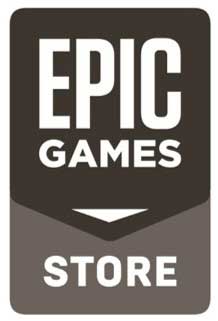 |
Examples of popular gaming and esports platforms include Steam, Xbox Live, PlayStation Network, Epic Games Store, Twitch, and Discord. |
| |
|
 |
Steam offers a wide range of PC games, including both free-to-play and paid titles, as well as social and community elements such as user reviews, forums, and in-game chats. |
Xbox Live is a gaming platform developed by Microsoft that is available on Xbox consoles and Windows PCs.
PlayStation Network offers online gaming, digital downloads, and other features such as cloud storage, trophy tracking, and social connectivity. |
 |
Discord is a communication platform developed primarily for gamers, offering voice and text chat, server hosting, and other social features. |
 |
Riot Games is a video game developer and publisher best known for developing and operating League of Legends, one of the most popular esports games in the world. It also hosts its own esports tournaments and events, offering professional gaming leagues and prize pools. |
Music streaming Click to read Click to read
Music streaming is a way of delivering music through the internet, allowing listeners to access and play music on-demand without needing to purchase or download individual songs or albums. Some of the most known music streaming platforms include Spotify, Apple Music, Amazon Music, and YouTube Music.
Spotify offers a vast library of songs, podcasts, and other audio content, with both free and premium subscription options.
Apple Music offers ad-free listening, offline playback, and other features, while Amazon Music offers exclusive content and other features.
YouTube Music offers ad-free listening, offline playback, and other features, and is made by Google. |
 |
 |
 |
 |
Podcasts Click to read Click to read
 CULTURE CULTUREOnline Museums & Exhibitions Click to read Click to read
Users can explore art and culture from all over the world from the comfort of their own devices by visiting online museums and exhibitions, which are digital versions of actual museums and exhibits. It is possible to access a wide variety of artistic and cultural content from all over the world through online museums and exhibitions, regardless of their physical location or capacity for travel. You have the opportunity to learn about various cultures and artistic movements, gain a deeper understanding of history and art, and view exhibits and collections at their own pace. Moreover, online museums provide advantages beyond comfort and accessibility, such as the possibility to interact and engage with art and culture in novel and creative ways, as well as the potential to increase audience interaction with museums.
For example, The Louvre, British Museum, Metropolitan Museum of Art, Smithsonian National Museum of Natural History, and Vatican Museums offer online exhibits and collections, as well as virtual tours of their galleries and exhibits.
The Google Arts & Culture platform provides access to collections from over 2,000 museums and galleries around the world, with a range of interactive features and multimedia content.
E-Books & Audiobooks Click to read Click to read
|
E-book and audiobook platforms provide users with a convenient way to access and enjoy digital literature. E-books can be read on e-readers, tablets, smartphones, and computers, while audiobooks can be streamed or downloaded and listened to on a variety of devices.
Among the most popular e-book and audiobook platforms: Apple Books, Amazon Kindle, Audible, Scribd, Google Books.
|
 |
|
 |
|
 |
|
Some platforms also offer additional features like personalized recommendations, social features, and integration with e-readers or other devices.
When choosing an e-book/audiobook platform, it is important to take into consideration several aspects, such as pricing, selection of books and features offered.
|
| |
 |
|
 |
|
| Moreover, many local libraries offer access to e-books, audiobooks and other curated digital resources. Depending on their policy, they might require a library card/permit or other form of login. Some institutions allow users borrow digital books for a limited period of time. |
Virtual Reality Experiences Click to read Click to read
|
Virtual reality experiences have the potential to enhance entertainment and cultural experiences, by allowing users to interact in new ways.
Virtual reality (VR) technology uses a combination of hardware and software to create an immersive, simulated environment. The user typically wears a VR headset or glasses that track their head and eye movements and displays 3D images and audio to create a sense of presence in the virtual world.
There are multiple types of VR content available, including:
- VR games
- VR apps
- VR videos
- VR experiences
|
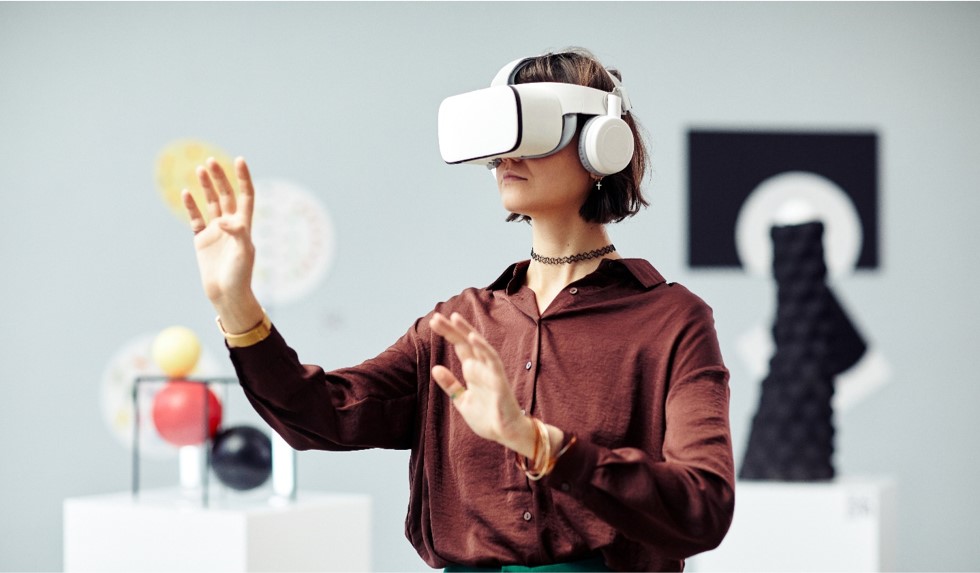 |
|

 INTRODUCTION TO DIGITAL ENTERTAINMENT AND CULTURE
INTRODUCTION TO DIGITAL ENTERTAINMENT AND CULTURE Click to read
Click to read 


